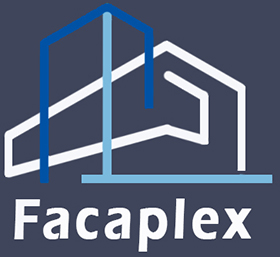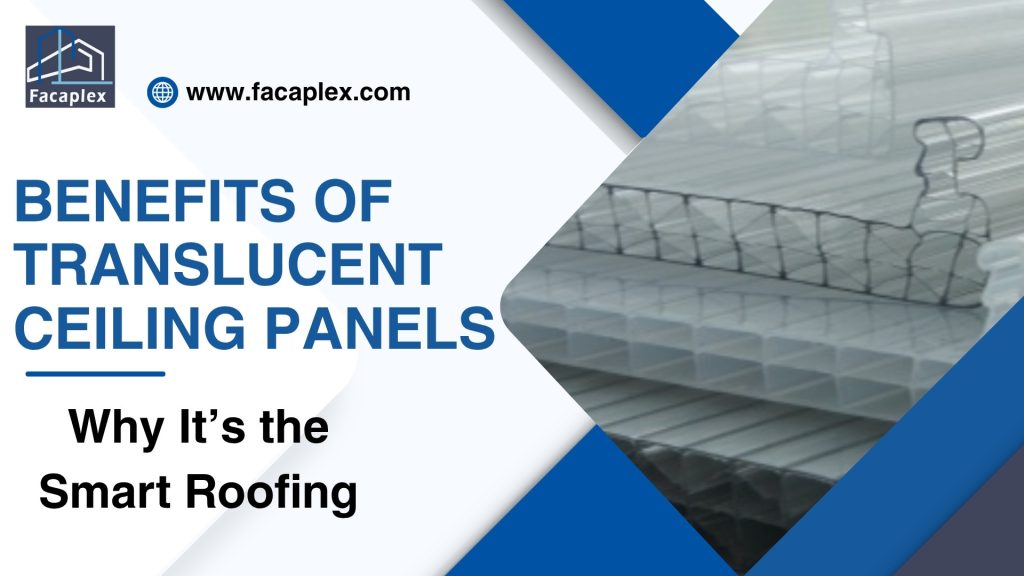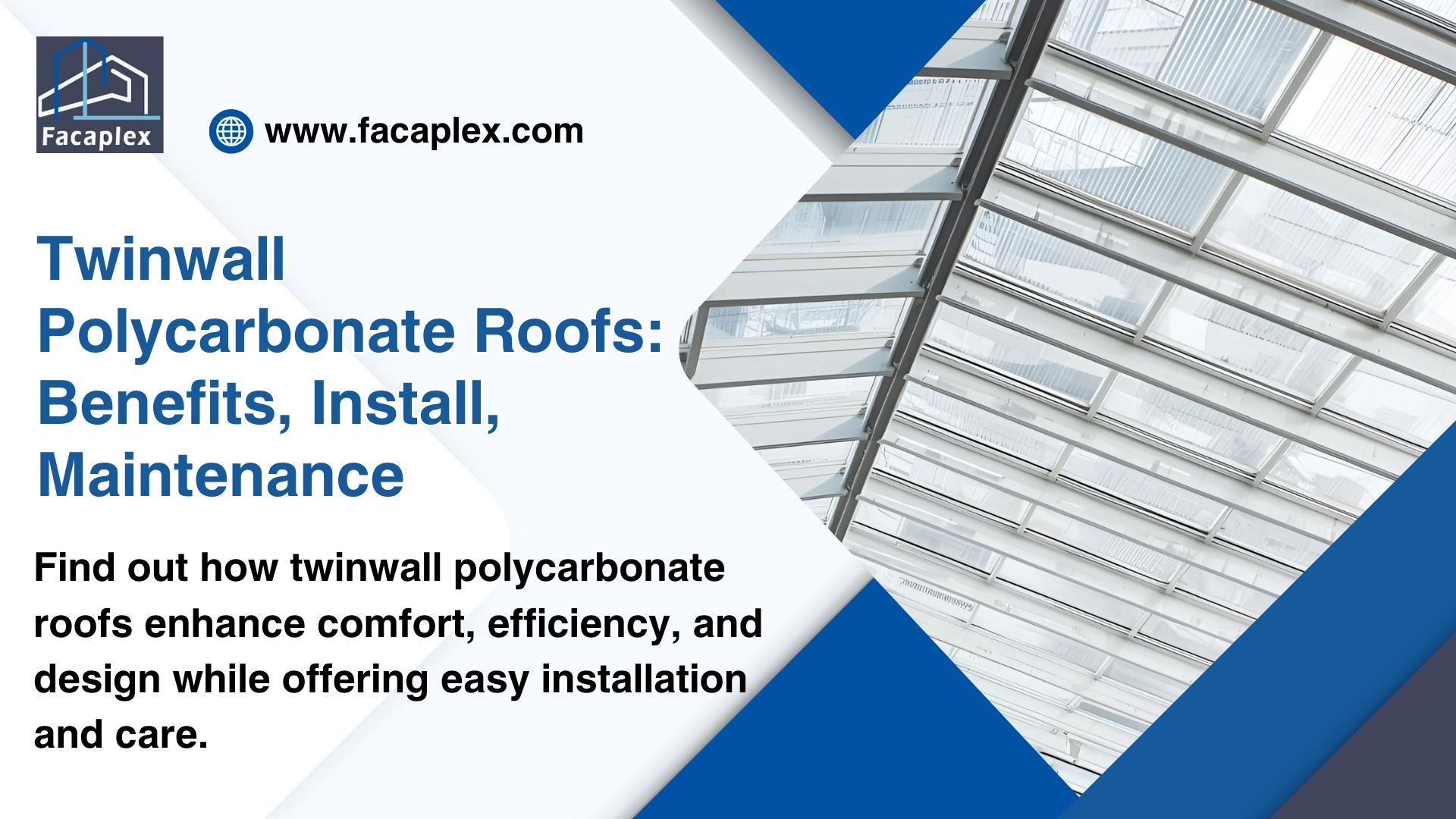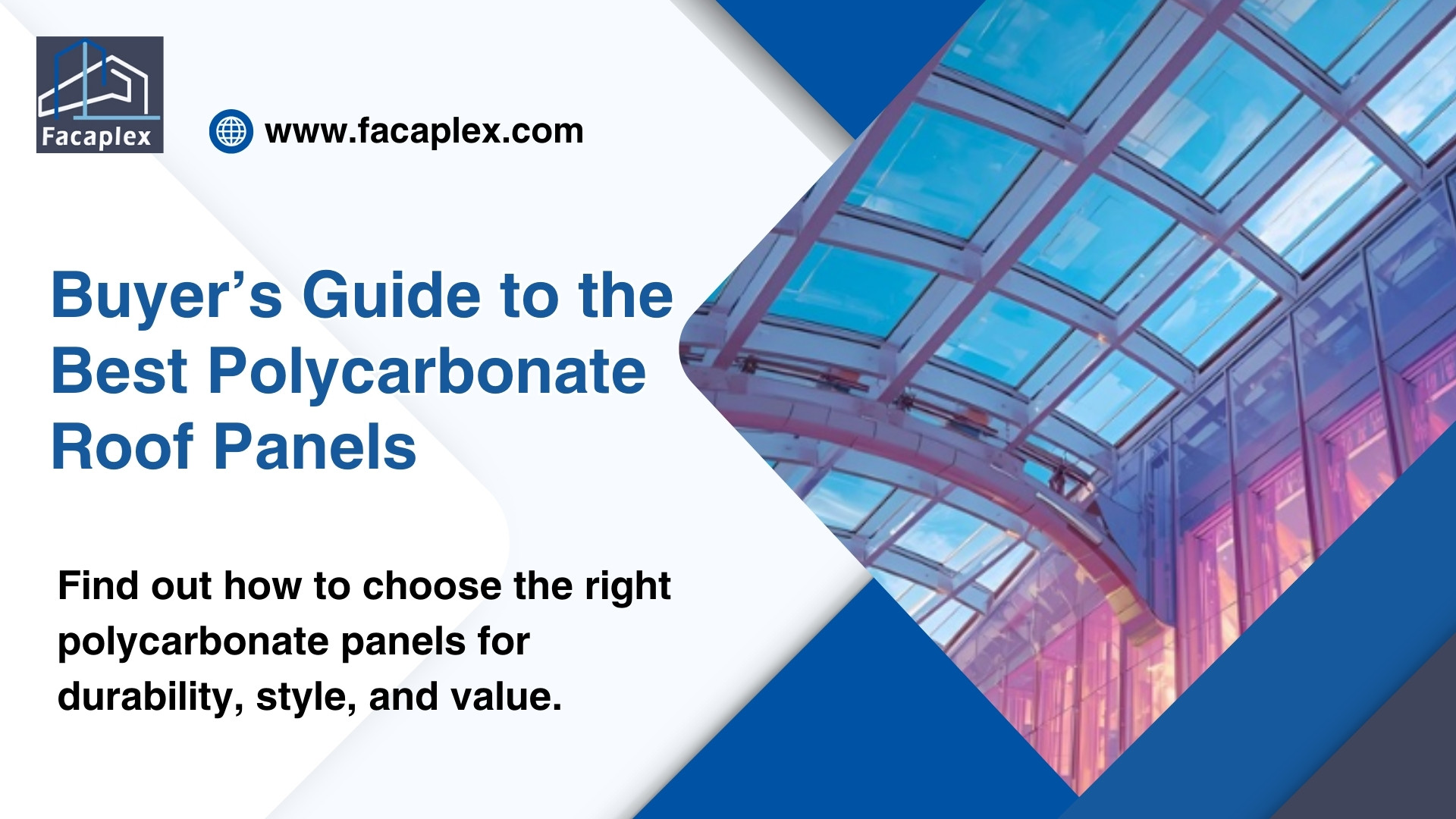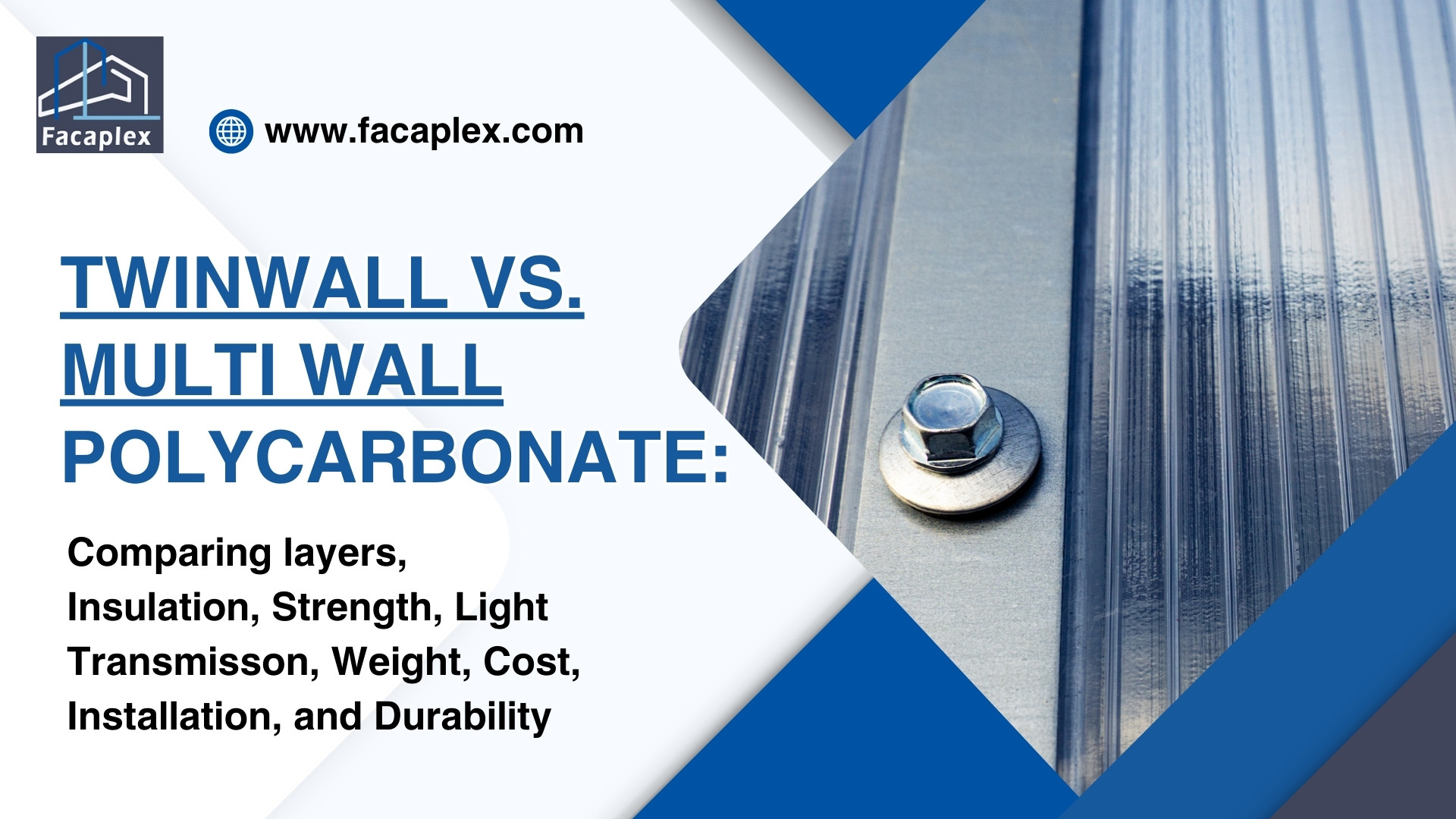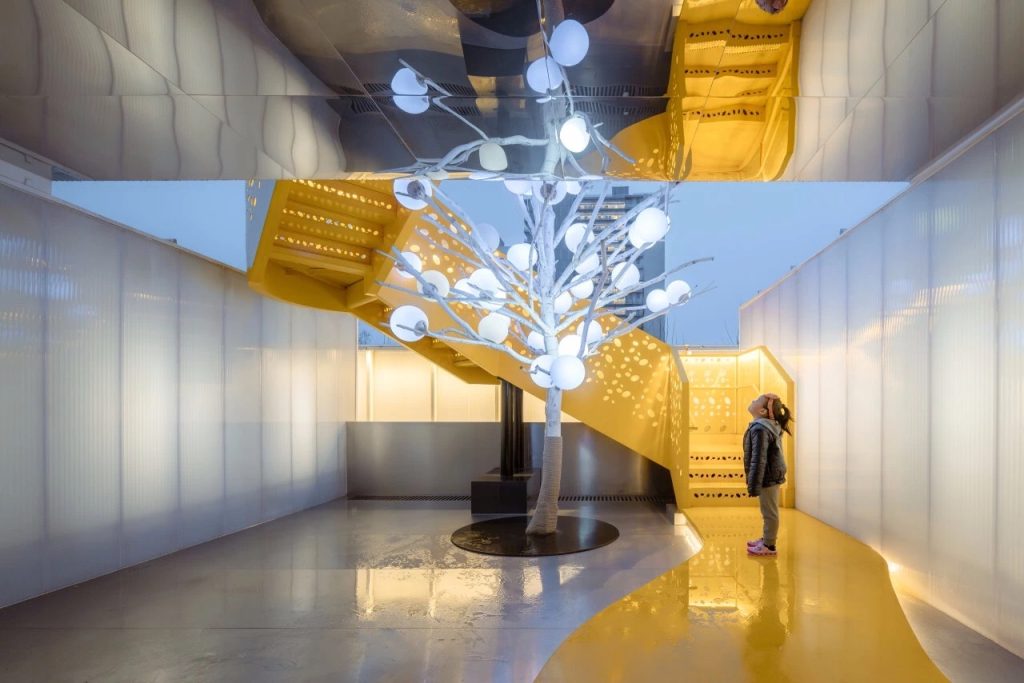Translucent ceiling panels offer a modern, energy-efficient alternative to traditional roofing solutions.
By allowing natural light to filter through while maintaining structural integrity and weather resistance, these panels help reduce energy costs, enhance indoor environments, and support sustainable building practices.
From commercial facilities to industrial warehouses, translucent roofing systems are increasingly being used to improve lighting, reduce utility expenses, and create visually appealing spaces.
This article explores the key benefits of translucent ceiling panels and why they are considered a smart choice for forward-thinking construction and renovation projects.
What Are Translucent Ceiling Panels
Translucent Ceiling Panels are roofing or ceiling elements that let light pass through while diffusing it. These panels brighten spaces with soft, even light and help reduce the need for artificial lighting.
Many people believe these panels cause glare, but experts explain that the panels diffuse light and make rooms more comfortable.
Comparison with Traditional Roofing
Translucent Ceiling Panels usually last 10 to 20 years, with some lasting up to 25 years if maintained well.
Traditional roofing like asphalt shingles or metal can last longer, but these panels offer benefits such as being lightweight, impact-resistant, and energy-efficient. Their initial cost is higher than basic shingles but can match or be less than premium roofs.
Unlike glass, these panels avoid glare and can cover large areas at a lower cost.
Translucent Ceiling Panels Benefits
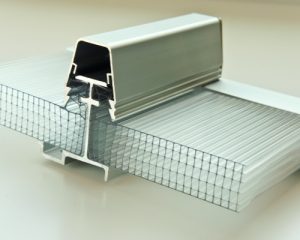
Natural Light
Translucent Ceiling Panels allow daylight to enter rooms while spreading it evenly. Prismatic panels can transmit up to 90% of incoming light and push daylight deeper into buildings.
The amount of light changes with the weather and climate, but these panels always help brighten spaces. In sunny areas, they give better daylight penetration and can lower the need for electric lights.
Overcast skies may reduce the daylight factor, but the panels still improve visual comfort.
Energy Efficiency
These panels help cut energy costs by reducing the need for artificial lighting. Buildings with Translucent Ceiling Panels can save up to 30% on lighting energy.
In tropical offices, daylighting systems using these panels increased daylight autonomy by over 20% and lowered energy use per square meter.
Some panels use phase change materials to store heat during the day and release it at night, which helps keep rooms comfortable and reduces heating and cooling costs.
Radiant ceiling panels can also lower HVAC energy use by about 31% compared to standard systems.
High-Performance Materials
Manufacturers use several materials to create these panels. Polycarbonate is popular because it resists fire, humidity, and sagging, making it suitable for many buildings.
Vinyl plastic, especially in thin, rigid forms, offers strength, durability, and easy installation. This material is lightweight, waterproof, and recyclable, and it provides a gentle lighting effect while hiding pipes or wires above the ceiling.
| Material | Key Properties |
| Polycarbonate | Fire-resistant, strong, supports lighting effects |
| Vinyl Plastic | Lightweight, rigid, waterproof, easy to maintain |
Some panels use geometric designs to add strength and style. Newer products focus on sustainability, using recyclable or biodegradable materials.
Durability
Translucent Ceiling Panels resist weather, chemicals, and impact better than many traditional roofs. They do not crack, rust, or discolor easily.
Many panels have reinforced edges and non-porous surfaces that block moisture, mildew, and pests. Rainfall often cleans the panels, so they need less maintenance.
The table below compares their maintenance needs with traditional roofing:
| Feature | Translucent Ceiling Panels | Traditional Roofing Systems |
| Maintenance Frequency | Low; self-cleaning | High; frequent repairs |
| Material Resistance | Resists acids, alkalis, and solvents | Can be damaged by chemicals |
| Pest and Mildew Resistance | Resistant | Vulnerable |
| Structural Support Requirements | Lightweight, less support needed | Heavier, more support needed |
| Installation Complexity | Modular, quick | More complex |
| Lifespan and Durability | Long due to strong materials | Shorter due to wear |
Aesthetics
These panels give spaces a modern and clean look. Designers can choose from different patterns, colors, and finishes to match any style. The panels hide pipes and wires, making ceilings look smooth and uncluttered.
Their ability to diffuse light creates a soft, pleasant glow that improves the mood of any room.
- Many architects use these panels to create bright, open spaces.
- The panels fit well with smart roofing systems and can work with insulation for better comfort.
Environmental Impact
Translucent Ceiling Panels support green building goals. They help buildings earn LEED and BREEAM credits by improving indoor air quality and acoustic performance.
Many panels come with documents like Environmental Product Declarations and Health Product Declarations, which help with certification. Builders use green building scorecards to track how these panels support sustainability.
The panels also reduce energy use, lower HVAC demand, and often use recyclable materials.
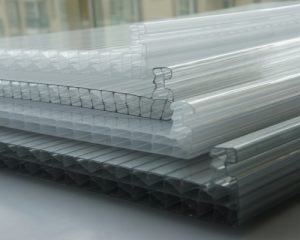
Applications
Residential
Homeowners use translucent ceiling panels to brighten kitchens, living rooms, and hallways. These panels let in daylight, making spaces feel larger and more welcoming.
Many people install them in sunrooms or bathrooms to create a relaxing atmosphere. The panels also hide pipes and wires, giving ceilings a clean look. Some families choose them for covered patios, enjoying natural light while staying protected from rain.
Commercial
Translucent ceiling panels improve many types of commercial spaces. Offices, retail stores, and factories benefit from better lighting and lower energy costs.
- Designers use these panels to create unique looks that shape the mood of a space.
- The panels help reduce noise, making offices and stores more comfortable.
- They spread light evenly, which boosts visibility and saves energy.
- Workers enjoy quieter environments because the panels manage sound well.
- The panels hide pipes and wires, keeping ceilings neat.
- Custom options let owners match the panels to their brand or style.
Outdoor
Many outdoor structures use translucent ceiling panels for better usability.
- Skyroofs, canopies, and covered walkways use these panels to provide daylight and shelter.
- The panels are lightweight, so builders need less support framing.
- The panels protect people from rain and sun while letting in soft light.
- Design choices include curved roofs, colored inserts, and custom grids.
Conclusion
Translucent ceiling panels represent a smart, functional choice for forward-thinking building projects. They offer reliable performance, improved daylighting, and reduced operational costs.
Facaplex delivers high-quality solutions tailored to the needs of modern commercial and industrial environments—ensuring both efficiency and architectural value.
